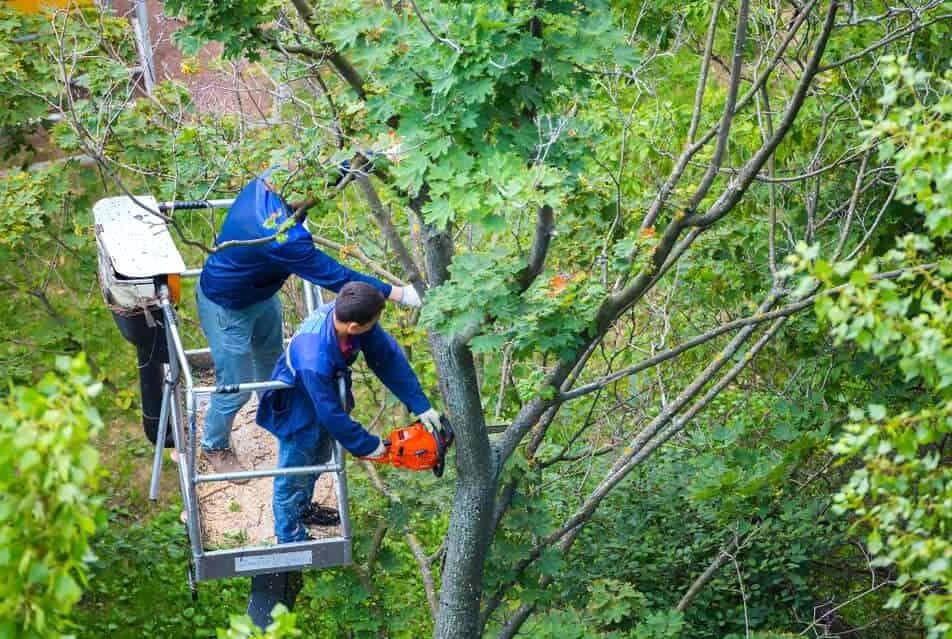Obtaining Free Tree Felling and Maintenance Services in 2024

Governmental Programs
One of the primary sources for free tree felling and maintenance services in the United States is through federal and state government programs. These programs are often designed to aid in the management of urban and rural forestry resources, enhance public safety, and promote environmental sustainability.
1. Tree Assistance Program (TAP)
The Tree Assistance Program (TAP) is a notable example, administered by the Farm Service Agency (FSA) of the U.S. Department of Agriculture (USDA). TAP provides financial assistance to eligible orchardists and nursery tree growers to replant or rehabilitate eligible trees, bushes, and vines lost due to natural disasters. While TAP is primarily aimed at commercial growers, its existence underscores the availability of federal support for tree maintenance in specific circumstances.
2. Urban and Community Forestry Grants
Another significant initiative is the Urban and Community Forestry (UCF) program, which has been bolstered by funding from the Inflation Reduction Act. This program is focused on increasing tree cover and enhancing green spaces in urban, suburban, and rural areas. The Forest Service administers grants to various entities working to improve access to trees and green spaces, particularly in disadvantaged communities. These grants support a range of services, including tree planting, maintenance, and community engagement activities.
Non-Profit Organizations
Numerous non-profit organizations across the U.S. offer free or subsidized tree felling and maintenance services, often focusing on underserved or low-income areas. These organizations typically aim to promote urban reforestation, enhance community green spaces, and improve environmental sustainability.
1. One Tree Planted
One Tree Planted is a prominent non-profit that operates extensively across various regions, including the United States. This organization has significantly increased its tree planting efforts since 2014 and works closely with local communities to provide not only tree planting but also maintenance and care services.
2. The Nature Conservancy (TNC)
TNC’s Plant a Billion Trees campaign is an ambitious global tree planting initiative. While it primarily focuses on large-scale reforestation, it also involves aspects of tree care and maintenance to ensure the planted trees mature healthily. TNC often collaborates with local communities and provides guidance and resources for tree care.
Community Initiatives
Local community initiatives often provide free tree care services, especially in cities with active urban forestry programs. These initiatives may be sponsored by city governments or developed through partnerships between local non-profits and municipal agencies.
1. Arbor Day Foundation Programs
The Arbor Day Foundation’s Tree City USA program is an excellent example of a community-level initiative that promotes the sustainable management of urban forests. Cities that earn the Tree City USA designation must meet specific standards, one of which includes spending at least $2 per capita on urban forestry. This funding can sometimes be used to provide tree care services to the community.
2. Local Arborist Donations
In some cases, local arborists and tree care companies offer free services as part of community service or charitable efforts. For example, Bartlett Tree Experts, a tree care firm, occasionally provides tree felling services for free, especially when the trees pose a safety hazard or are part of a larger community project.
Conclusion
Accessing free tree felling and maintenance services in 2024 involves tapping into a mix of governmental assistance, non-profit programs, and community-driven initiatives. Individuals and community leaders interested in these services should engage with local forestry departments, non-profit organizations, and community groups to understand the specific opportunities available in their area. By leveraging these resources, communities can enhance their local environments, promote public safety, and contribute to broader environmental conservation efforts.










